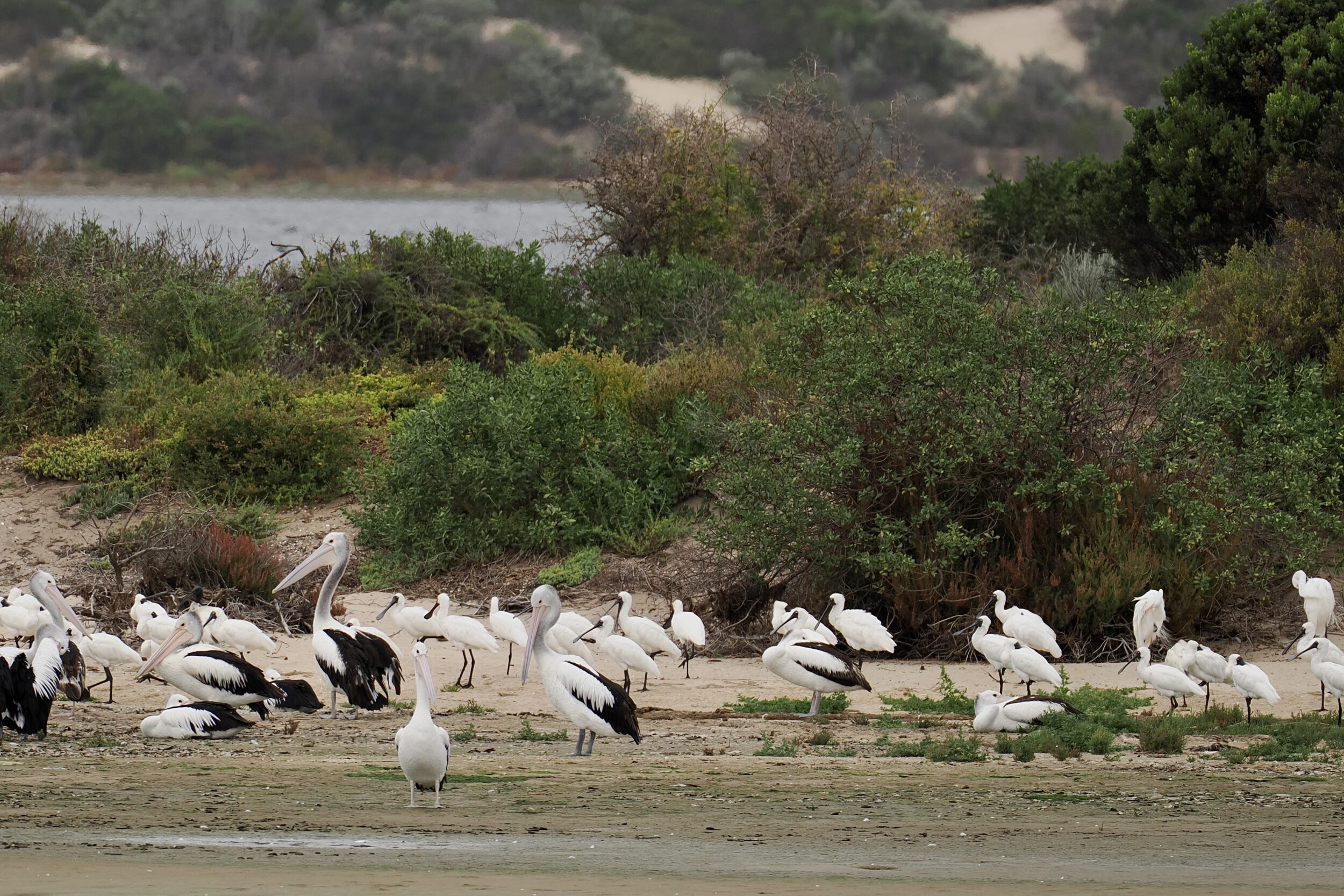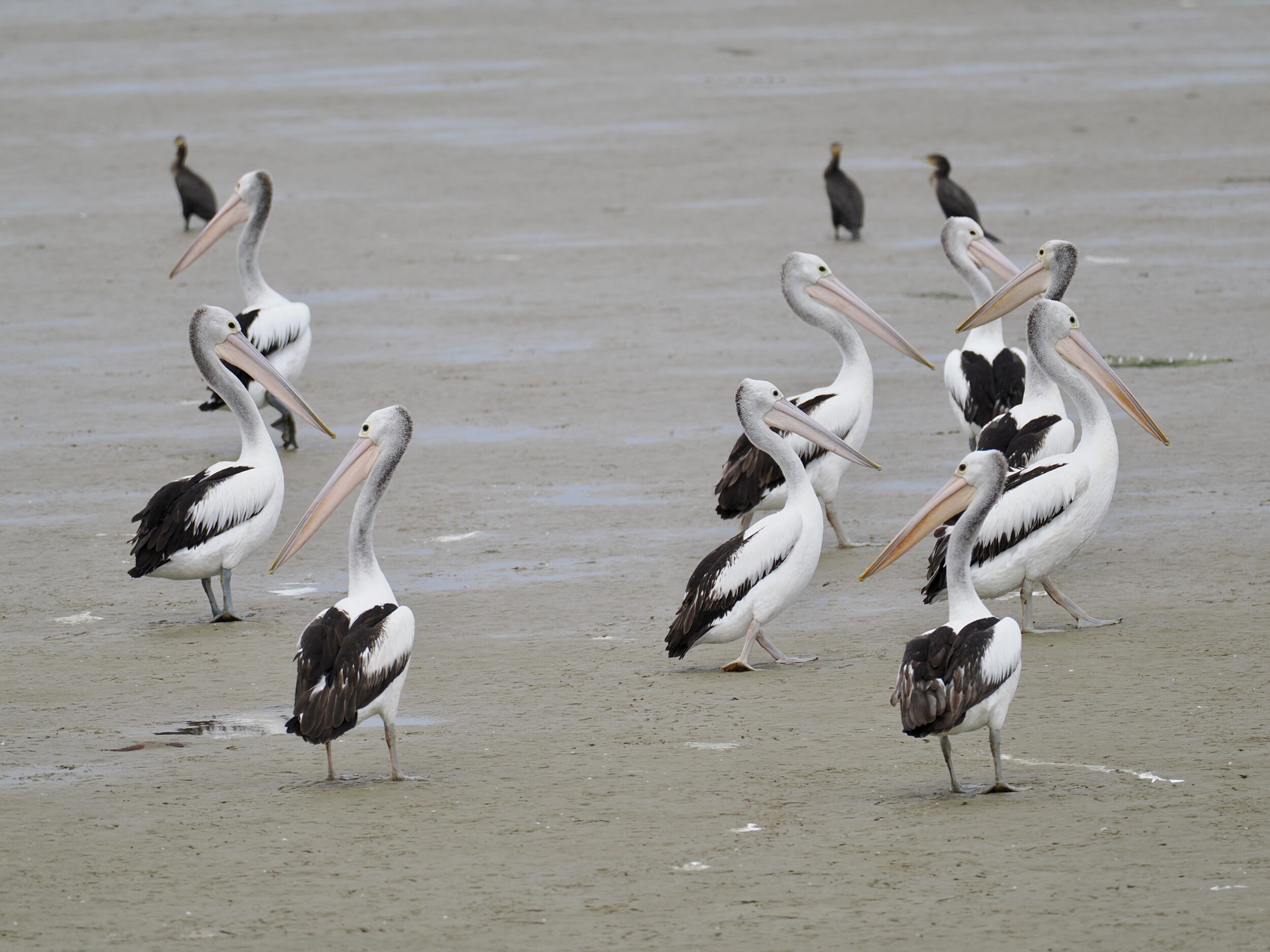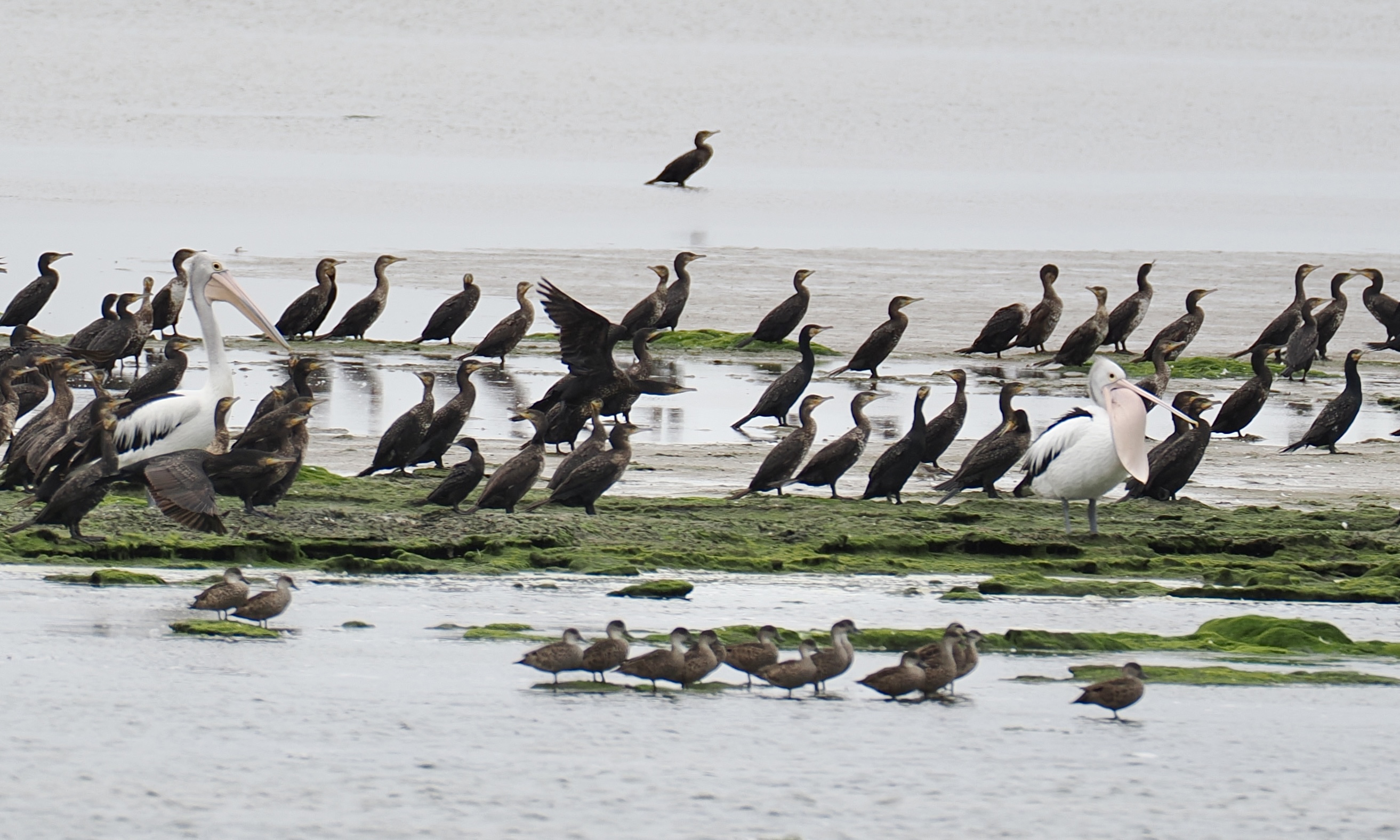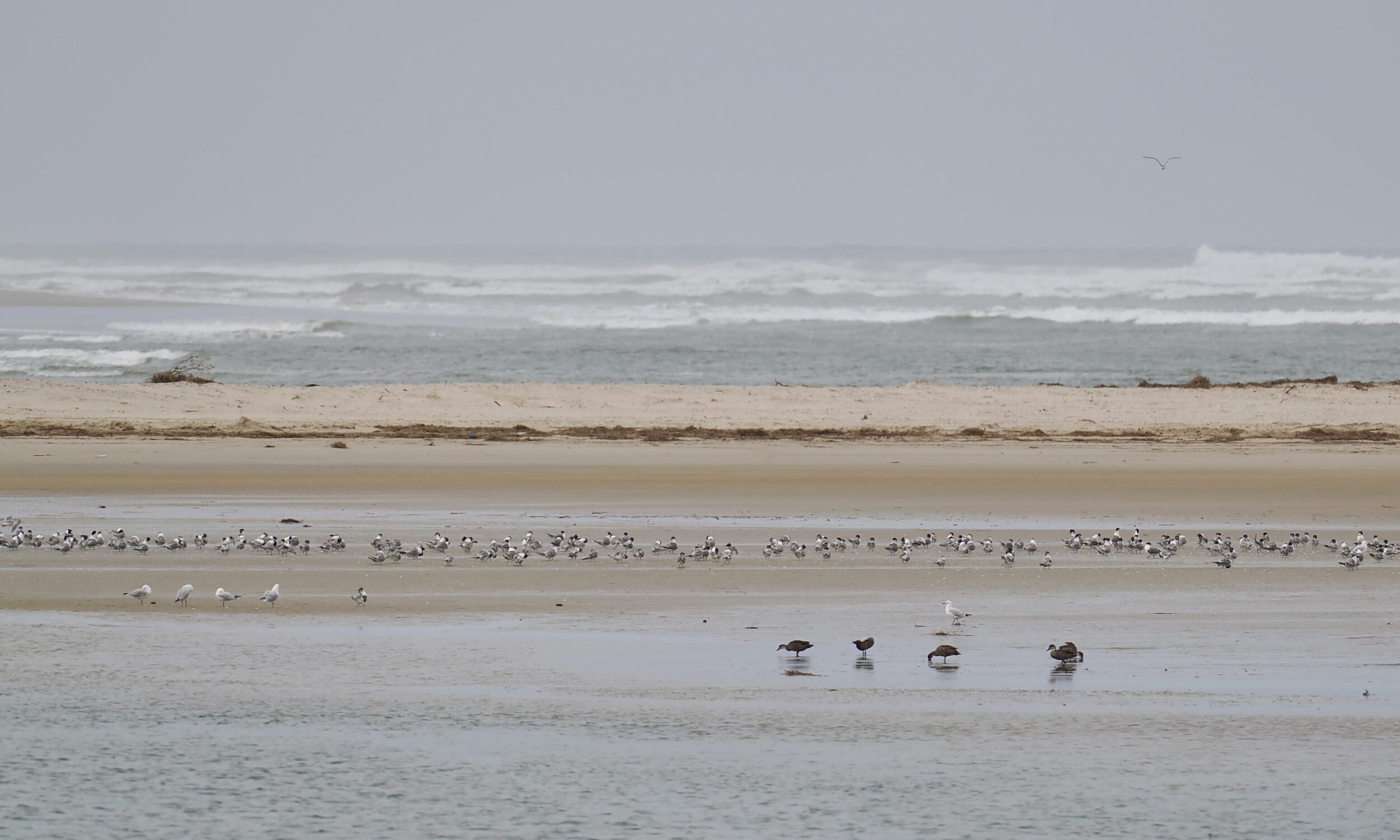My photo shows how “surprisingly” lush the vegetation can be on some parts of the Younghusband Peninsula.
On 13 March 2024 pelican numbers were within “normal” range for this part of the Coorong’s north lagoon – in my experience, at least.
Spoonbills, however, were “off the scale” – I had never before seen so many, there.
Comments closed








